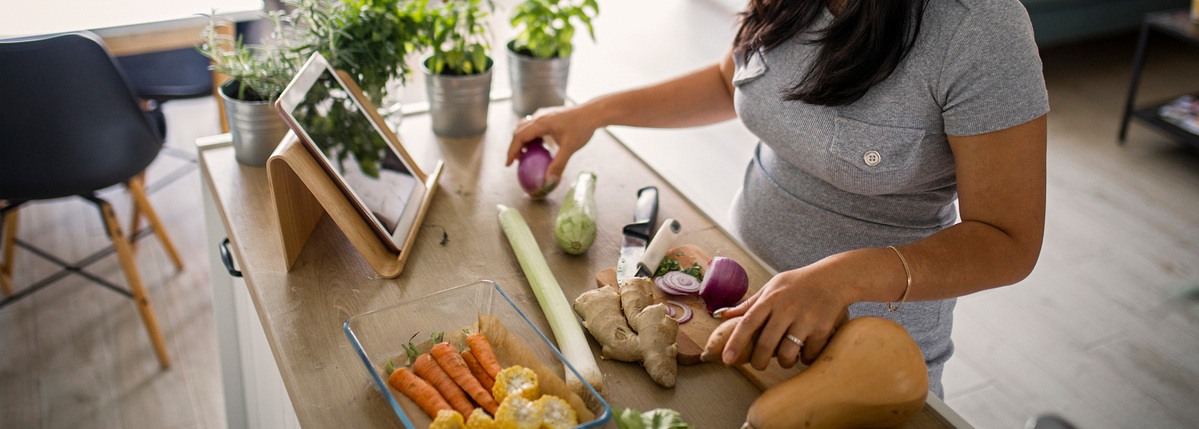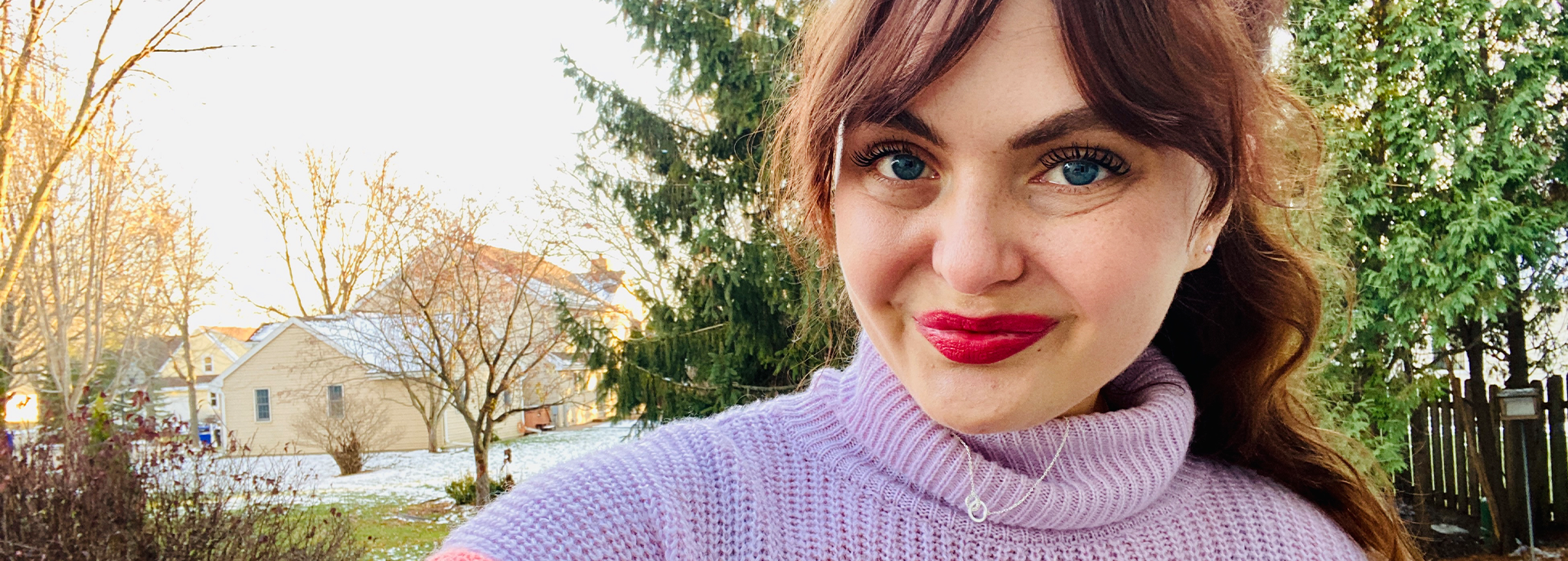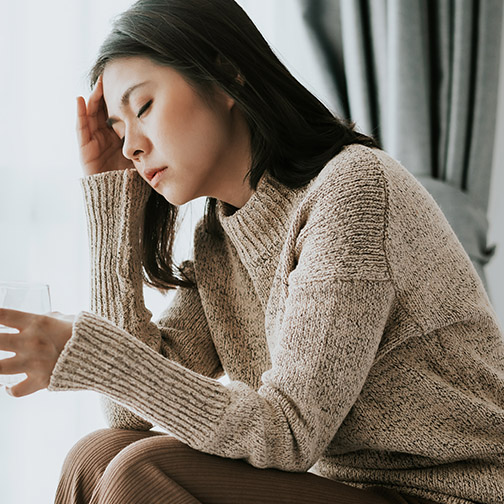Low Blood Sugars and Emotional Health
Written by: Lucía Feito Allonca de Amato
4 minute read
August 13, 2021
Editor’s Note: This article was made possible with support from Dexcom, an active partner of Beyond Type 1 at the time of publication. Dexcom was the main sponsor of the TypeOneNation Virtual Summit: Viviendo Sin Límites. Beyond Type 1 maintains full editorial control of the content published on its platforms.
Juan Pablo Olarte was one of the guest speakers at the TypeOneNation Virtual Summit: Living without Limits that took place on July 31st. Juan Pablo is the creator of the Instagram account, @diabeticjuanp, where he shares his life with type 1 diabetes. For Juan Pablo, life with type 1 diabetes is a strength.
In his session, Juan Pablo spoke to us about low blood sugar and emotional health. We would like to share an excerpt from his presentation today.
ABOUT JUAN PABLO AND HIS DIAGNOSIS
Pablo was born and lives in the city of Bogotá, Colombia. He was diagnosed with type 1 diabetes at age 28.
In the words of Juan Pablo himself, he lives his own adventures without diabetes being an impediment to doing what he enjoys the most, in addition to having the unconditional support of Moni, his wife, who is fundamental in his diabetes care.
Juan Pablo never thought he was going to be diagnosed with diabetes even when he began developing symptoms. He thought, surely like many of us, that it was something temporary. After hearing his symptoms, the doctor called the nurse, and the blood glucose test confirmed the diagnosis. He was hospitalized for four days.
TYPE 1 DIABETES FOR JUAN PABLO
For Juan Pablo, diabetes is a strength, a lifestyle, a condition. What allows him to be a better person every day, in his own words. Diabetes is what drives him to keep searching and pursuing his goals. In short, diabetes is a part of him.
He says that thanks to diabetes he is more rigorous in his lifestyle and strives for his habits to become increasingly healthy. He seeks to share his experiences and help other people by doing so.
Juan Pablo shared with the attendees the way in which, together with his team of healthcare professionals, he has established the most appropriate way to deal with low blood sugars.
1) Timely measurement of blood glucose. For Juan Pablo, technology is a great ally. Whether you have a continuous glucose meter or a capillary glucose meter, checking blood glucose constantly and in a timely manner is very important because by knowing the data and trends we can work towards preventing possible hypoglycemia.
2) Consuming fast-acting carbohydrates. This allows us to get over the lows very quickly. These fast-acting carbohydrates or carbs can be glucose tablets, sugary drinks, and local options, such as the traditional candy in Colombia, the bocadillo.
3) 15 × 15 method (Minutes): In the event of hypoglycemia, we may need more than 15 grams of carbohydrates to fix it. After 15 minutes, it will be necessary to check again and ingest 15 grams in case the result is less than the figure that we have determined as safe. That is, there is a 15-minute wait after consuming carbohydrates to overcome hypoglycemia.
OUR EMOTIONAL HEALTH AND HYPOGLYCEMIA
When you have hypoglycemia, you can feel anxious and scared and can overdo it and consume more carbohydrates than you should. Juan Pablo’s advice is to be as cautious and aware as possible on the subject, applying the 15 by 15 method, so as not to end up getting a high blood glucose reading. It is ideal to make the blood glucose as stable as possible, without peaks or variations.
FEAR OF HYPOGLYCEMIA
Juan Pablo said that he is more afraid of hyperglycemia than hypoglycemia, so he points out that it is important to raise awareness about our fears so as not to fall to low blood sugar levels, which in a short period of time can compromise us in terms of health, even reaching convulsions and death.
“Feeling fear is normal, but let’s not allow it to interfere with our objectives and, above all, with our management. The health personnel can always help us. We need to keep our objectives in mind so that there is nothing that interferes with them.” Juan Pablo emphasized.
Continuous glucose monitors, according to Juan Pablo, help us to have better blood glucose levels through the analysis of data, including the glycemic curve, and the trend, and, consequently, be corrective and prevent. If we do not have access to a continuous monitoring device, we can check blood glucose levels more often during the day.
SELF-LEARNING
Juan Pablo found great benefits in logging information such as blood sugar readings, food consumed and activities performed so he could learn how his body reacted after being diagnosed. For example, “I ate pasta with meat, what level was I after, what could have happened: insulin, food, amount ingested?” With each hypoglycemia, we need to review what could have happened and understand how to better treat ourselves so that it does not happen again next time.
You can find Juan Pablo Olarte on his Instagram account @diabeticjuanp and on his email [email protected].
“Diabetes is learning from everyone,” he says, “as a community we build.” Juan Pablo hopes that he has been able to contribute with his experience to improve our blood glucose levels.
If you missed this session, you will be able to watch it until August 31 on the TypeOneNation Virtual Summit in Spanish: Living without Limits platform.

Author
Lucía Feito Allonca de Amato
Lucy is 38 years old and has been living with type 1 diabetes for 29 years. She is a lawyer and has dual Spanish and Argentine nationality, residing in the latter country, where she is an active part of the online diabetes community, from her blog Azúcar HADA. She is studying for a Bachelor's Degree in Psychology, with the aim of working professionally helping other people with the same condition. She is an expert patient in chronic diseases with a specialization in cardio-metabolic diseases. Lucy is currently part of the team behind the Beyond Type 1 Hispanic properties.
Related Resources

We’re inundated with messaging about “mindfulness” in our culture. Sometimes it seems to refer to...
Read more

There is no doubt that food plays a crucial part in overall type 2 diabetes...
Read more

The start of a new year inspires many of us to re-evaluate our lives—our goals,...
Read more

